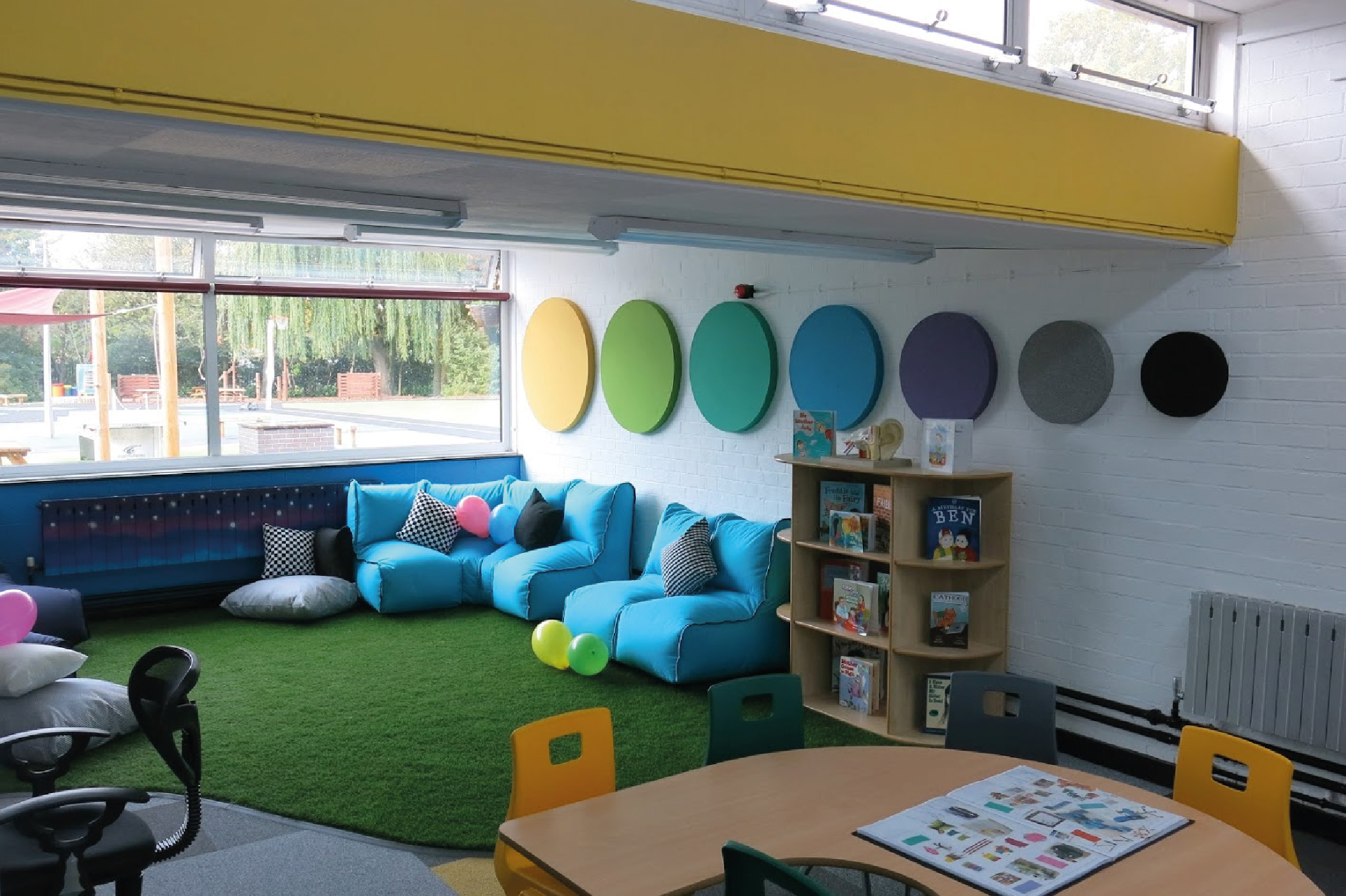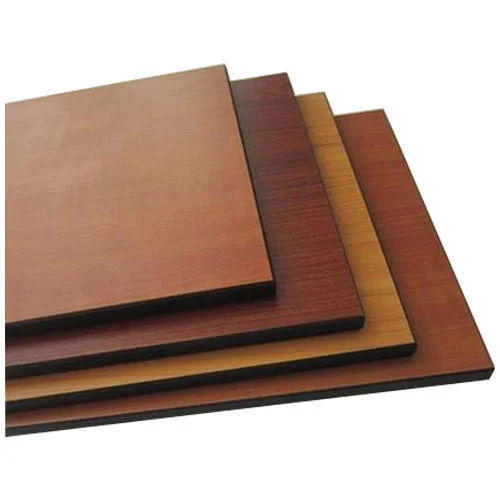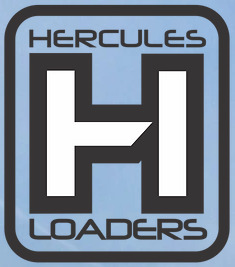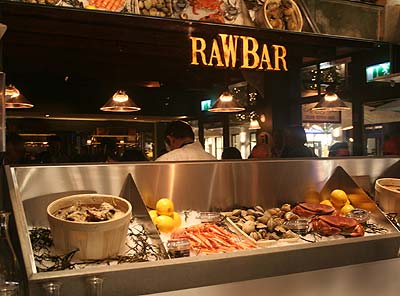In the fast-paced world of web design, where technology, user experience, and visual aesthetics collide, few designers stand out like Amed Abraham. Known for his ability to blend storytelling with design, Abraham has become a go-to expert for creating websites that not only look beautiful but also communicate a brand’s message with clarity, emotion, and purpose.
While many designers focus on the visual appeal of a website, Abraham takes a holistic approach. He believes that a website’s design should be a narrative, telling a compelling story that resonates with users, engages their emotions, and Amed Abraham keeps them coming back. This approach has earned him recognition in the design community and led to a successful career working with clients across various industries.
In this article, we explore how Amed Abraham is revolutionizing web design with his focus on story-driven design, his commitment to user engagement, and how he’s helping brands carve out memorable, lasting experiences online.
Amed Abraham: A Visionary in the World of Web Design
Amed Abraham’s journey into web design began in an unexpected place: a passion for storytelling. As a young designer, Abraham quickly realized that the most powerful websites weren’t just the ones that looked good—they were the ones that communicated a message, evoked emotion, and connected users with the brand on a deeper level.
“Web design is more than just arranging elements on a page. It’s about creating a visual and interactive experience that tells a story,” says Abraham. “Every website is a digital narrative, and my job as a designer is to make that story as engaging and clear as possible.”
This philosophy has guided Abraham’s work throughout his career. Whether it’s a corporate website, a non-profit’s mission page, or an e-commerce store, he always ensures that the design serves a narrative purpose. By seamlessly blending visuals, content, and interactive elements, he creates websites that speak directly to users, making them feel as though they’re part of the story.
The Role of Storytelling in Web Design
Storytelling in web design is not a new concept, but Abraham has mastered it in ways that others have yet to explore fully. It’s easy to see how visual elements like typography, colors, and images contribute to the “story” of a website, but Abraham takes this idea even further by ensuring that user flow, interaction patterns, and calls-to-action (CTAs) fit into a larger, more cohesive narrative.
1. Creating a Seamless User Journey
Abraham believes that the journey users take through a website should feel natural and immersive. Just as a good story has a beginning, middle, and end, so too should a website’s user experience. From the moment a user lands on a page, Abraham’s design directs them through an intuitive flow of content that answers questions, builds trust, and ultimately guides them toward a conversion or action.
“For me, web design is about leading users through a narrative arc—from awareness to engagement, to action,” he explains. “Each page of a website is a chapter in a larger story, and every interaction is an opportunity to add value and keep users invested.”
2. Designing for Emotional Engagement
Abraham understands that emotions are key to building lasting connections between brands and users. Whether through striking imagery, thoughtful typography, or smooth animations, he uses design to elicit an emotional response from users.
On an e-commerce website for a lifestyle brand, Abraham designed a user experience that uses imagery, color, and interactive elements to create a sense of aspiration—making the products feel like part of a larger life story. This approach encourages users not just to buy products, but to emotionally invest in the brand’s story and mission.
Innovative Web Design Practices by Amed Abraham
In addition to storytelling, Amed Abraham is known for pushing the envelope with cutting-edge design trends and technologies. He combines classic design principles with innovative techniques to deliver websites that are as forward-thinking as they are functional.
1. Dynamic and Interactive Interfaces
Abraham embraces dynamic design—the idea that websites should respond and adapt to user interactions in real-time. He believes that interactivity shouldn’t just be an afterthought; it should be woven into the fabric of the user experience.
In his design for a high-end luxury brand, Abraham incorporated subtle animations and micro-interactions throughout the website. Each interaction—whether it was hovering over a product or scrolling down a page—triggered animations that enriched the user’s experience, creating a sense of fluidity and excitement.
2. Minimalist Yet Powerful Visuals
While Abraham is known for using modern design trends, he is also a firm believer in the power of minimalism. His designs often feature clean lines, white space, and a limited color palette to focus attention on the core message.
“Less is more. A minimalist approach to design helps prioritize what’s most important, allowing the content to shine,” he says. “If everything is important, nothing is important.”
For an educational platform he worked on, Abraham used minimalist design principles to highlight the platform’s key features, making navigation intuitive and content digestible without overwhelming the user. This approach helped users focus on the learning journey, rather than getting lost in unnecessary visual clutter.
3. Mobile-First Design for Accessibility
As mobile usage continues to dominate internet traffic, Abraham places a heavy emphasis on mobile-first design. Understanding that users access websites on a variety of devices, Abraham designs for smaller screens first, ensuring that content is optimized and accessible across all platforms.
By using flexible grid layouts and responsive elements, Abraham ensures that his websites function seamlessly, whether on a mobile phone, tablet, or desktop. This focus on responsive design ensures that users get the best possible experience no matter where they are or what device they’re using.
Notable Projects by Amed Abraham
Amed Abraham’s portfolio is a showcase of how thoughtful design can transform websites into powerful storytelling tools. Some of his most notable projects include:
- EnvisionTech: For this global tech company, Abraham designed a website that reflects the company’s cutting-edge innovations while ensuring an accessible, intuitive user experience. The site features bold visuals, interactive product demos, and seamless navigation that make it easy for potential clients to explore their solutions.
- Elysian Foods: For an organic food startup, Abraham designed a website that tells the brand’s story of sustainability and natural ingredients. Through vibrant photography, natural textures, and simple navigation, the website brings the brand’s mission to life and makes it easy for users to learn about products, read recipes, and purchase with a few clicks.
- Creative Futures: A non-profit focused on creative education, Abraham worked with Creative Futures to design a website that promotes their courses and community initiatives. The design blends storytelling with educational content, featuring engaging visuals and interactive elements to connect users with the cause.
Amed Abraham’s Vision for the Future of Web Design
As technology continues to advance, Amed Abraham envisions a future where AI and machine learning play a major role in shaping user experiences. Websites could adapt in real time based on user behavior, offering personalized content, services, and interactions that feel uniquely tailored to each individual.
“I think the future of web design is all about personalization—creating experiences that are not just reactive but proactive, anticipating what users need before they even know it,” says Abraham. “It’s about designing websites that adapt, learn, and evolve, creating richer, more dynamic interactions.”
Conclusion
Amed Abraham’s work in the field of web design goes beyond aesthetics. By infusing storytelling into his designs, embracing innovative trends, and focusing on user engagement, he’s created websites that do more than just look good—they create meaningful experiences.
As brands continue to navigate the digital landscape, Amed’s approach provides valuable insights into how web design can be a powerful tool for building connections, fostering engagement, and delivering a narrative that speaks to users on a personal level. His work is a testament to the fact that web design is not just about creating sites—it’s about telling stories that resonate.…























 There is an critical foundation that holds all of this flora together. It includes the pathways, walls, terraces and patios. Together, these structures constitute hard landscape. Hard landscaping is an important part of the structure of any landscape architecture. Aside from being attractive, hard landscape should be functional and sturdy. It visually unites the building and the rest of your garden plans. There are six elements to remember with your hard landscaping design. Budget As hard landscaping is generally the costliest part in constructing a garden, an accurate budget should be prepared. Estimates for the materials can be obtained for various suppliers to ensure a cost effective source. Beyond the materials, the budget should include substrate material, finishing products and sealers and labor costs. Budgets can change so it’s important to have good landscaping ideas that consider all of the necessary costs. Quality It is very important to use material of high quality particularly in areas of high traffic. Natural wear and weathering will occur over time and will further be accelerated with seasonal changes. In cold weather climates, foundations should be considered to minimize frost damage. For a better perspective, analyze using landscape pictures to help with the design quality. Drainage In the same way, care should be given when design hard landscapes when they are placed close to existing houses. Paved areas near the house should be built with a slope in a gentle angle away from the structure. This will ensure that rainwater is drained away from the house supports and prevent flooding close to the foundation. Drainage is an important part of landscape management. Space Any design project needs to remember the size and location of the plan- this is particularly critical with hardscaping. As hard landscapes are physical in nature, you need to analyze the flow around and near the hardscape as it relates to the space for sitting, walking, eating or entertaining outside. For example, decks and patios require a minimum of 10 sq. ft. per person while pathways should be at least 3 ft. in width. Landscape designs ensure that space and function seamlessly flow together. Structure Position Another important consideration is the positioning of the landscaping structures. For example, terraces and decks should be placed near the house for
There is an critical foundation that holds all of this flora together. It includes the pathways, walls, terraces and patios. Together, these structures constitute hard landscape. Hard landscaping is an important part of the structure of any landscape architecture. Aside from being attractive, hard landscape should be functional and sturdy. It visually unites the building and the rest of your garden plans. There are six elements to remember with your hard landscaping design. Budget As hard landscaping is generally the costliest part in constructing a garden, an accurate budget should be prepared. Estimates for the materials can be obtained for various suppliers to ensure a cost effective source. Beyond the materials, the budget should include substrate material, finishing products and sealers and labor costs. Budgets can change so it’s important to have good landscaping ideas that consider all of the necessary costs. Quality It is very important to use material of high quality particularly in areas of high traffic. Natural wear and weathering will occur over time and will further be accelerated with seasonal changes. In cold weather climates, foundations should be considered to minimize frost damage. For a better perspective, analyze using landscape pictures to help with the design quality. Drainage In the same way, care should be given when design hard landscapes when they are placed close to existing houses. Paved areas near the house should be built with a slope in a gentle angle away from the structure. This will ensure that rainwater is drained away from the house supports and prevent flooding close to the foundation. Drainage is an important part of landscape management. Space Any design project needs to remember the size and location of the plan- this is particularly critical with hardscaping. As hard landscapes are physical in nature, you need to analyze the flow around and near the hardscape as it relates to the space for sitting, walking, eating or entertaining outside. For example, decks and patios require a minimum of 10 sq. ft. per person while pathways should be at least 3 ft. in width. Landscape designs ensure that space and function seamlessly flow together. Structure Position Another important consideration is the positioning of the landscaping structures. For example, terraces and decks should be placed near the house for 













